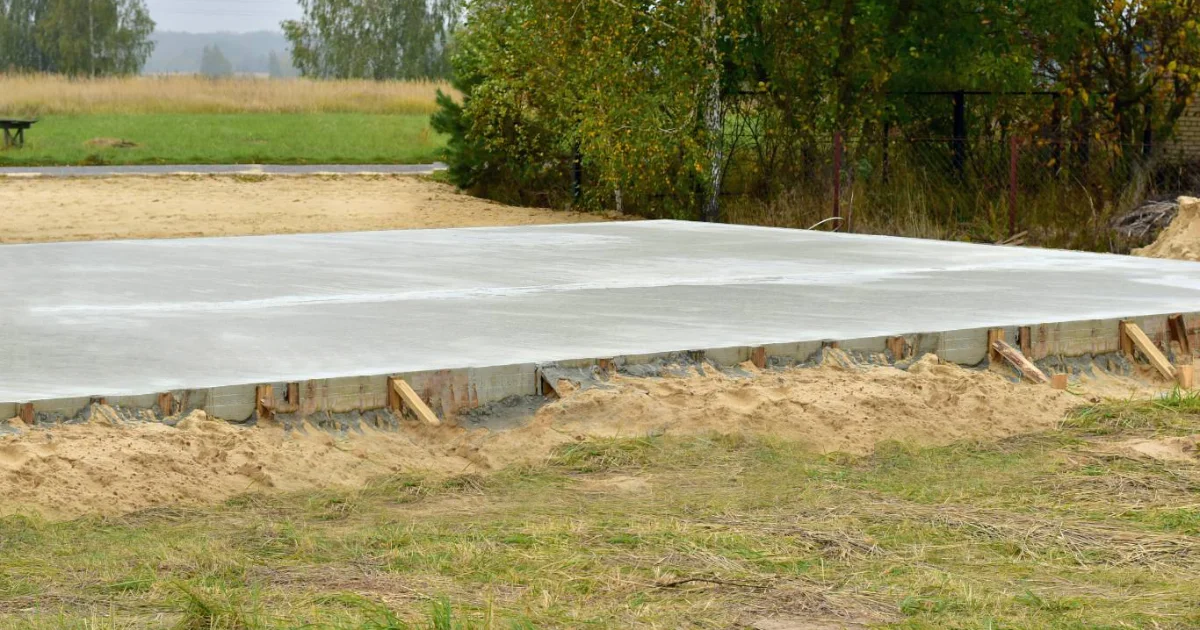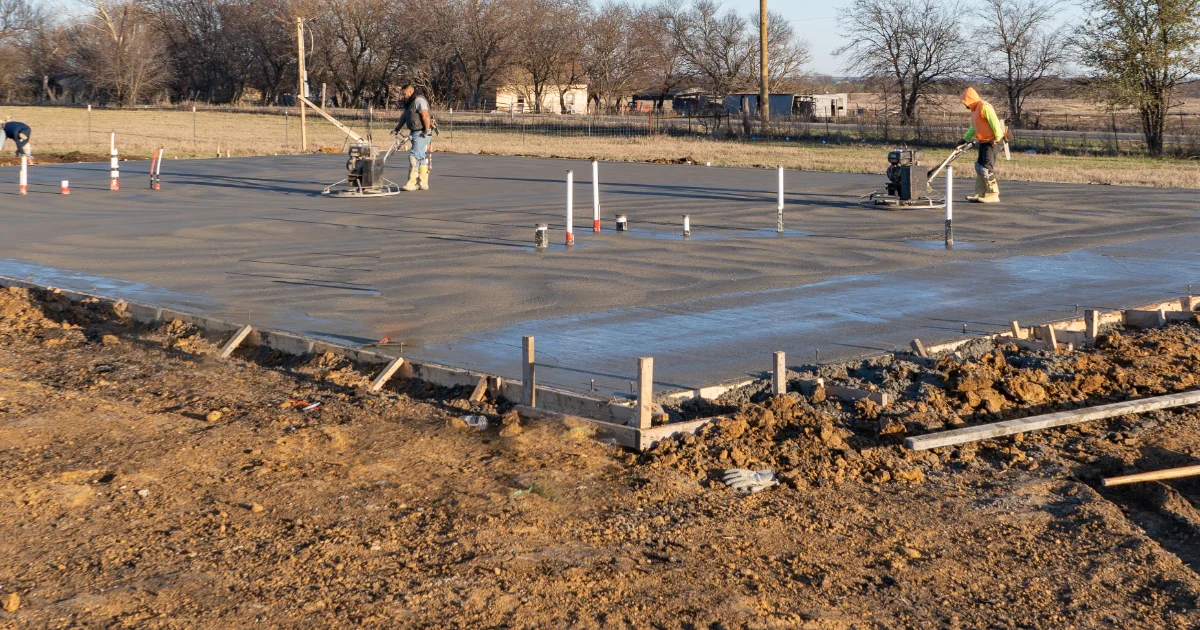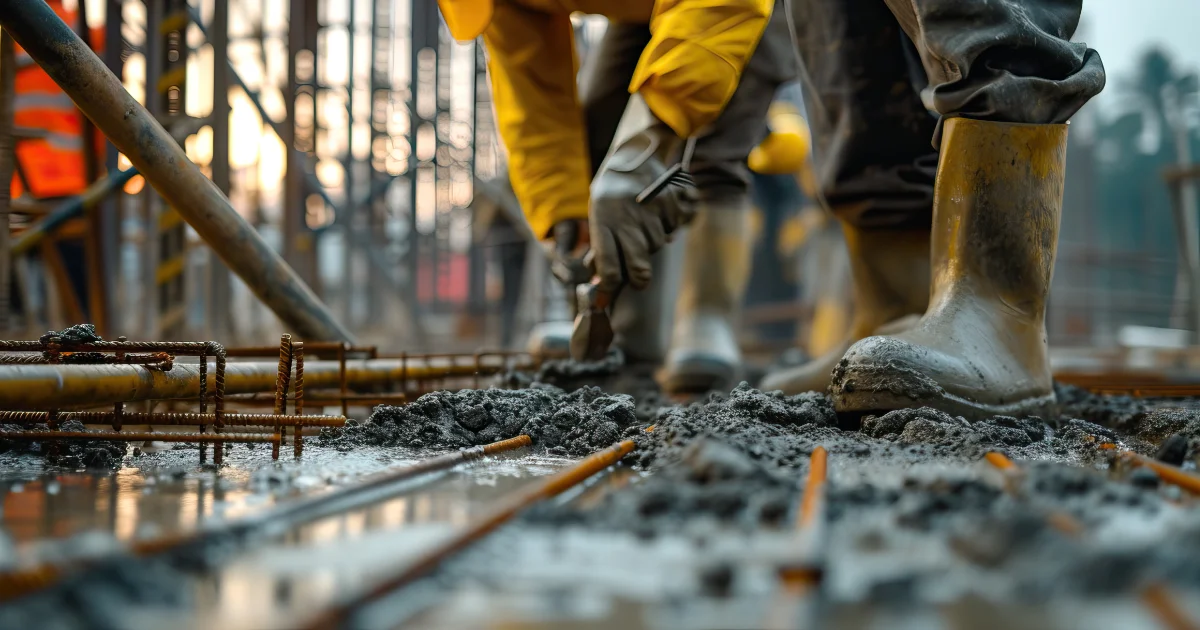
Ideal Design For Your Concrete Foundation
The ideal design for your concrete foundation will depend on several factors, including type of structure, soil conditions, as well as all local, state, or jurisdictional codes and building requirements.

Understanding Structure Types and Load-Bearing Requirements
One of the main things to think about when designing your foundation is what type of structure will be built on it. A pergola, patio, or small shop can often use a light duty foundation. A light duty foundation often utilizes a 4-5” slab with a thickened perimeter edge.
Barndo’s, larger shops, and traditional homes usually have a 4-6” slab, and a minimum of a 12”x24” perimeter grade beam, and often may require interior grade beams as well. Piers under the grade beams are also a very common upgrade depending on the soil type.
Soil Conditions
Much of North Texas has heavy clay soils. When dealing with clayey soils, it's crucial to choose a thicker concrete slab because of how clay behaves. Clay tends to expand a lot when it gets wet and shrink when it dries out. This movement can put pressure on the concrete slab, causing problems like heaving or settling. These issues can be tackled with a couple of solutions. Soil conditioning or stabilization is one process that has been used, but not necessarily the best option as it's often very expensive. Adding piers and beams is ideal but can still be affected by shrinking and heaving soil, so a lot of high end custom homes have used a pier and beam slab, and added void forms or carton forms under the slab and structural beams to allow the dirt to shrink and expand without affecting the concrete. By accounting for the expansive nature of clay soils, you can reduce the chances of issues and make sure the concrete stays strong and durable in the long run.
Reinforcement and Control Joints
To make a concrete slab stronger, we use rebar reinforcement. Rebar helps spread the load more evenly and reduce the risk of cracks. The spacing and size of the rebar reinforcement depends on what your project needs. Control joints are also crucial. These joints are put in specific places to control and reduce cracking caused by things like the concrete shrinking, changes in temperature, or other factors. If you plan these joints out well, it can make your slab last longer and look better.
Final Thoughts
Concrete slabs typically range from 4 inches thick for light duty slabs, all the way up to 12+ inches or more for heavy duty industrial applications.
If you’re wondering how thick your concrete slab should be, our team can assess your project and design a slab with the perfect thickness for your needs.
Ready to upgrade your property with top-quality concrete work?
From foundations and driveways to hardscapes and more, we've got you covered. Give us a call at 817-221-8312 to learn more.

